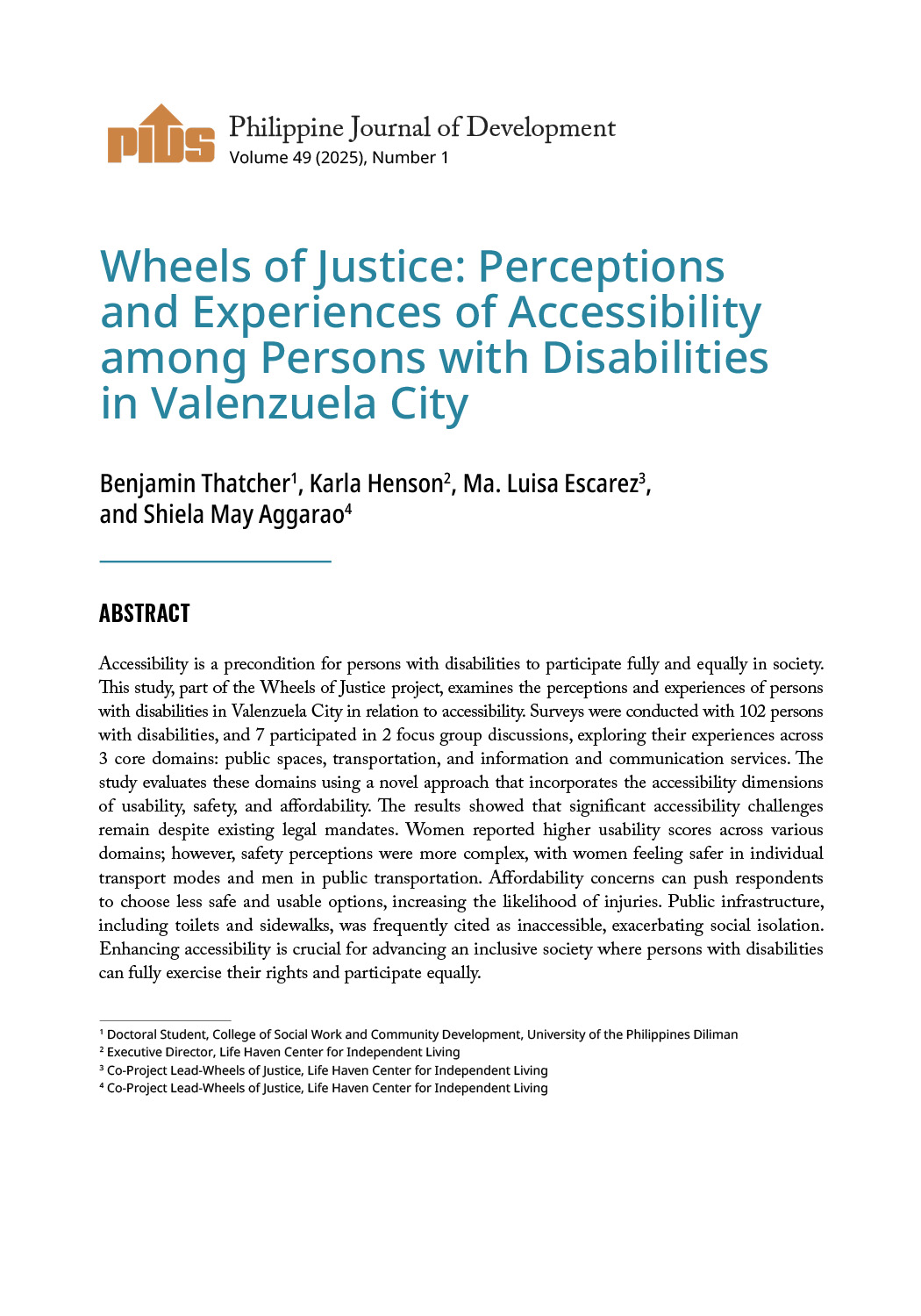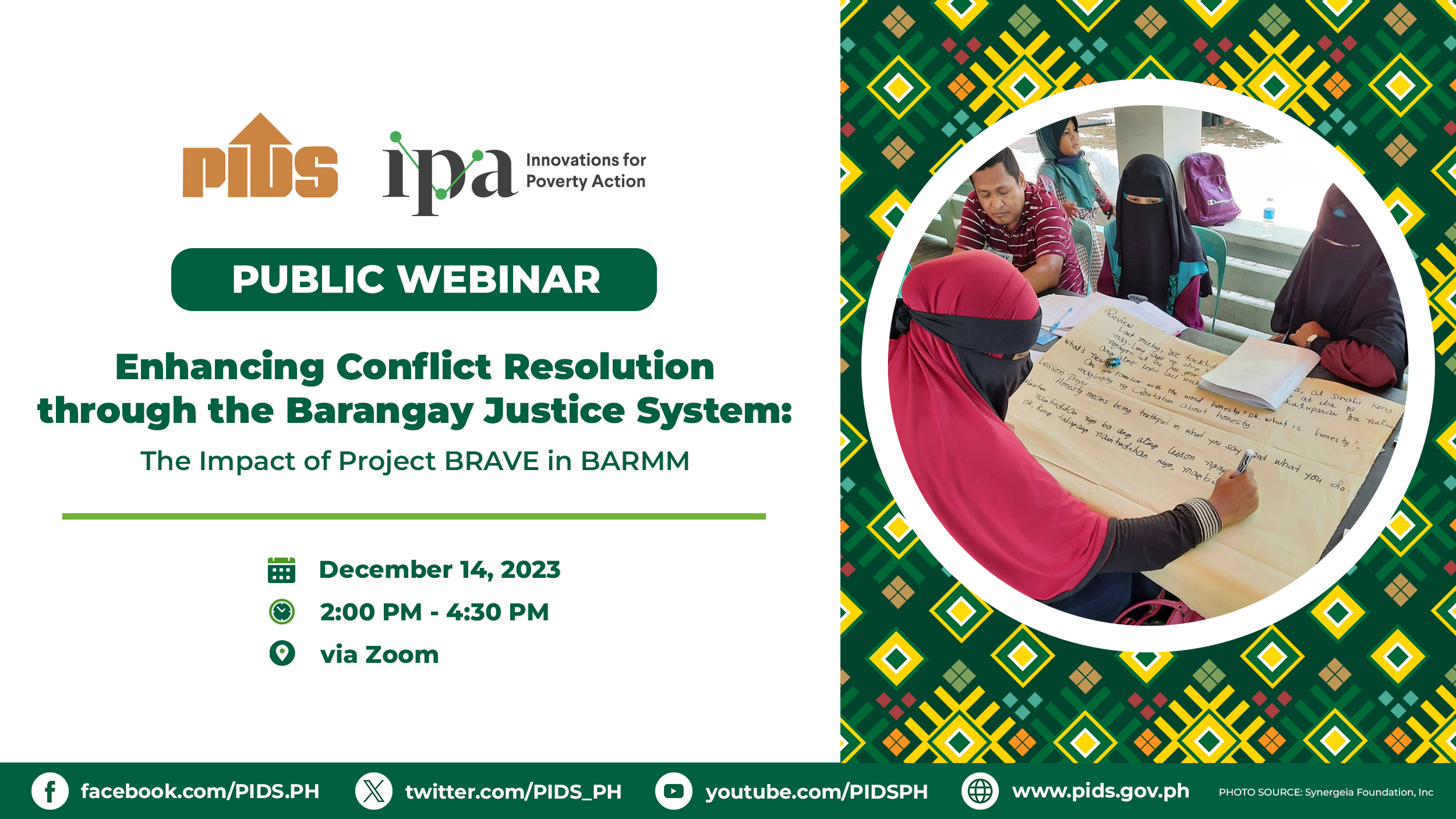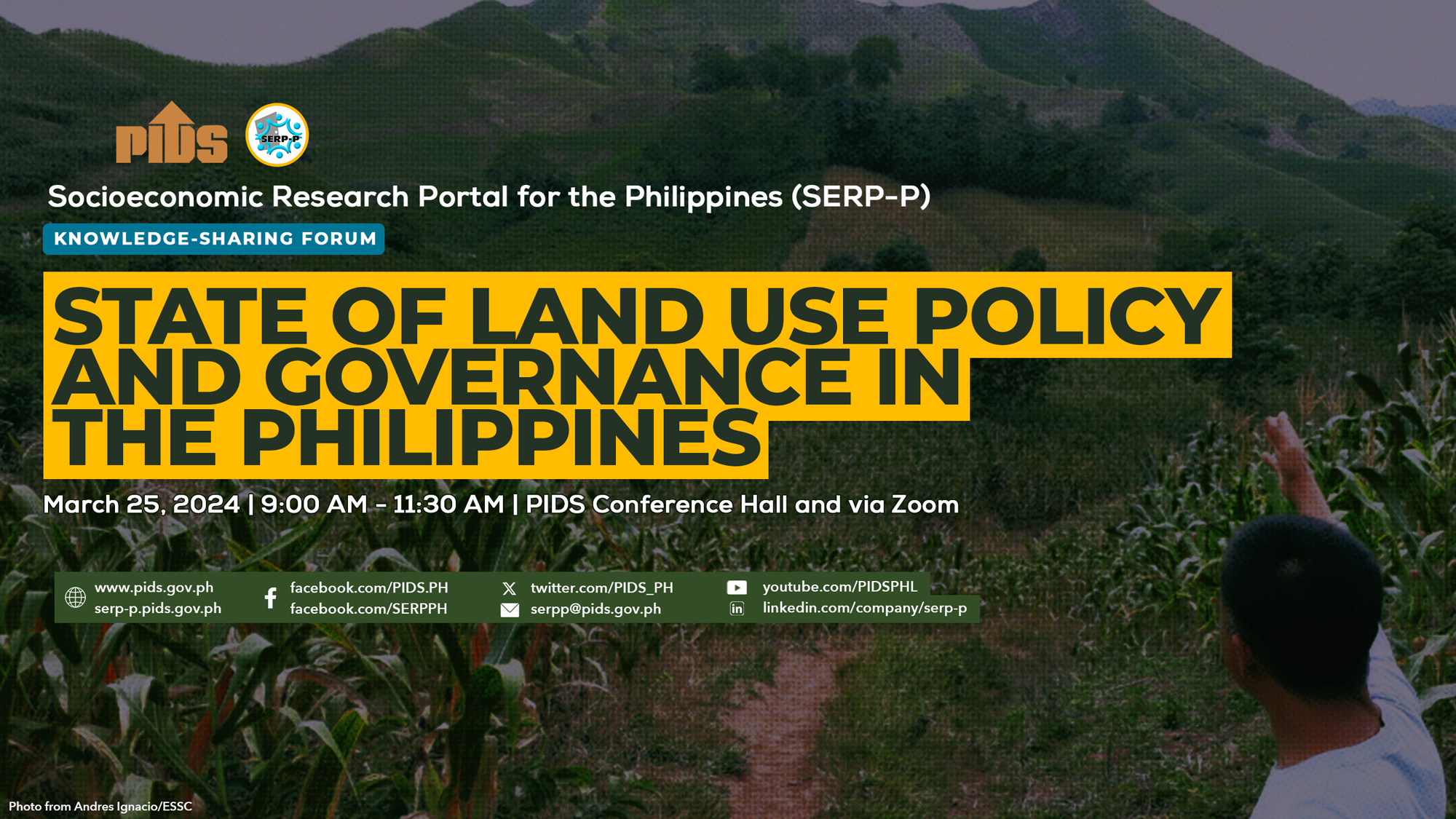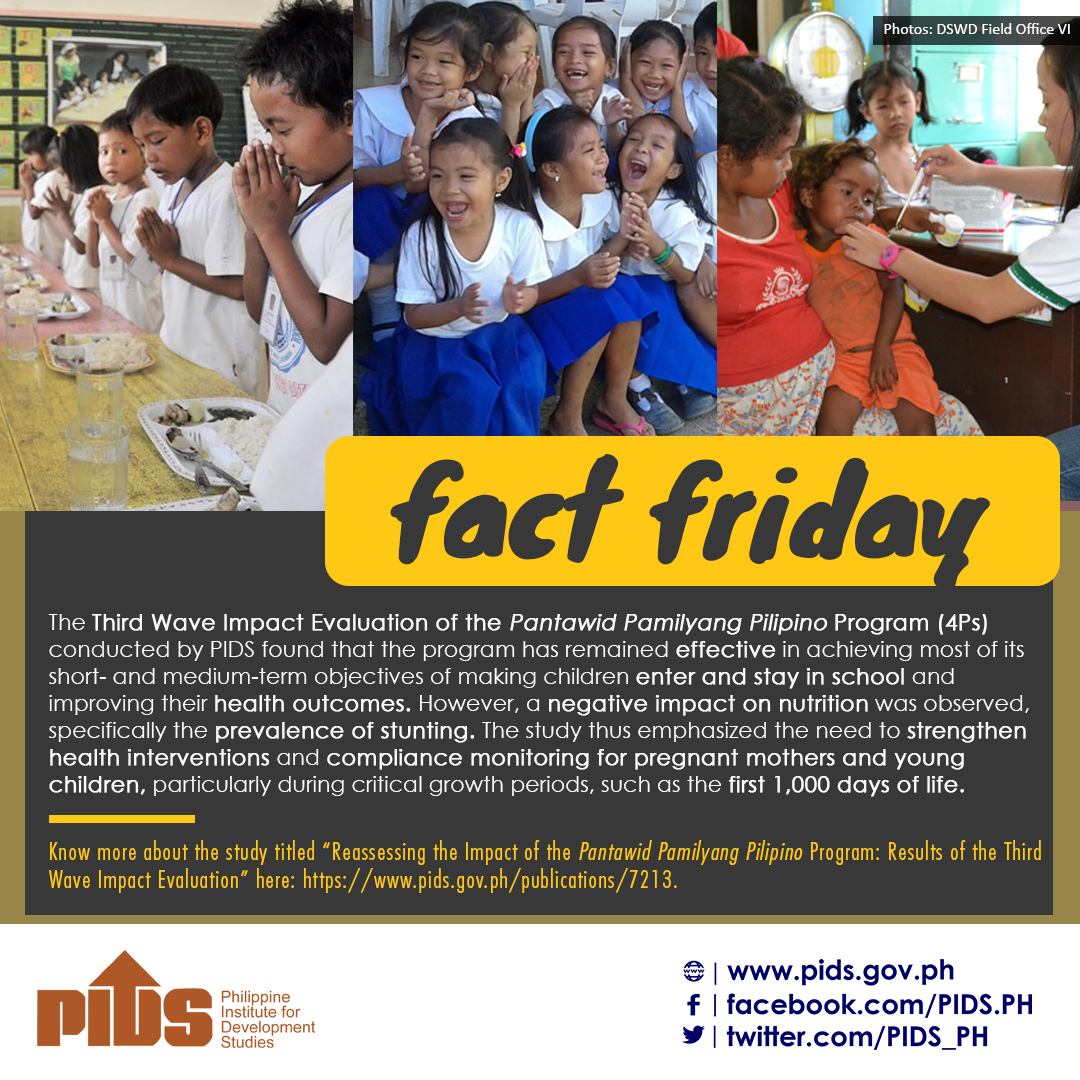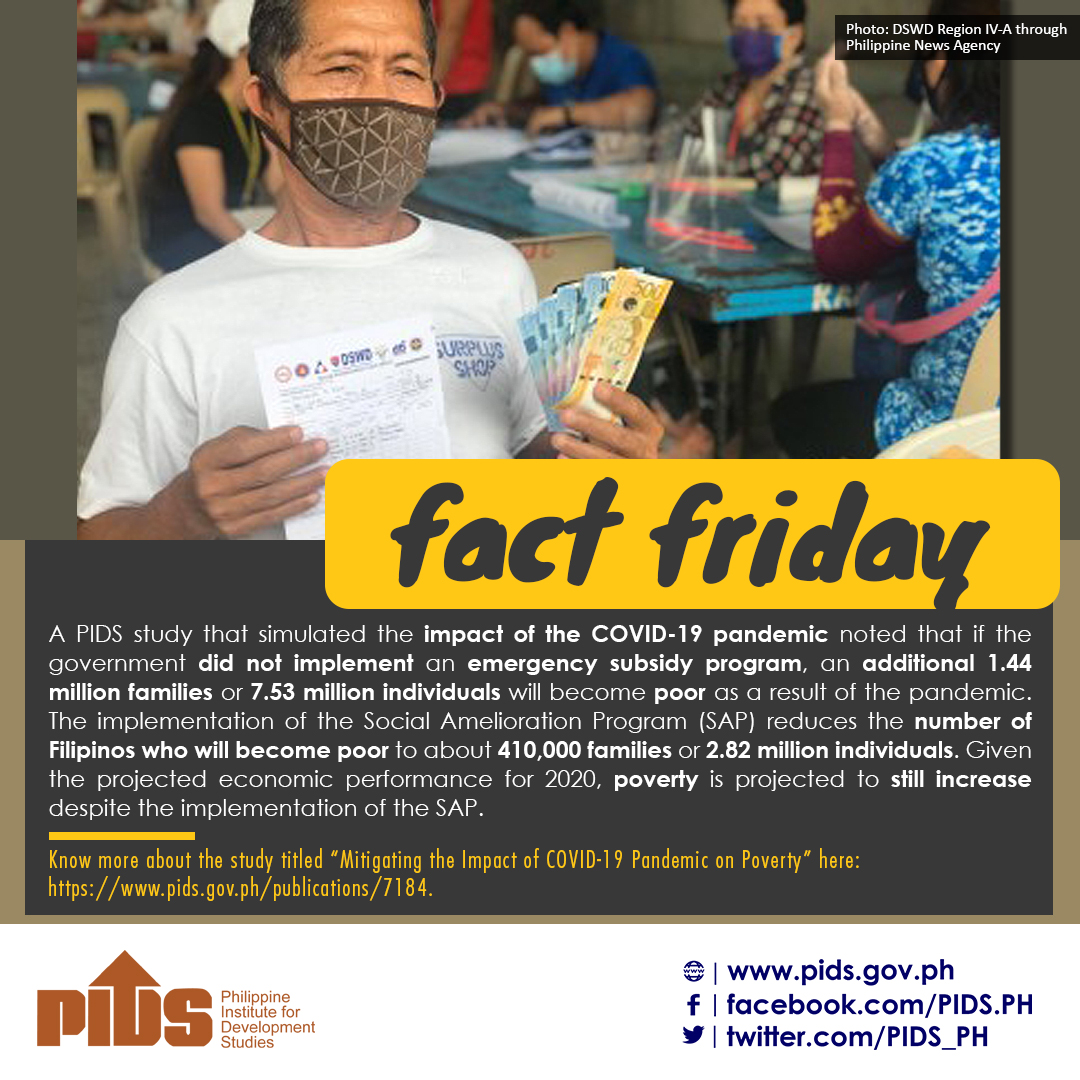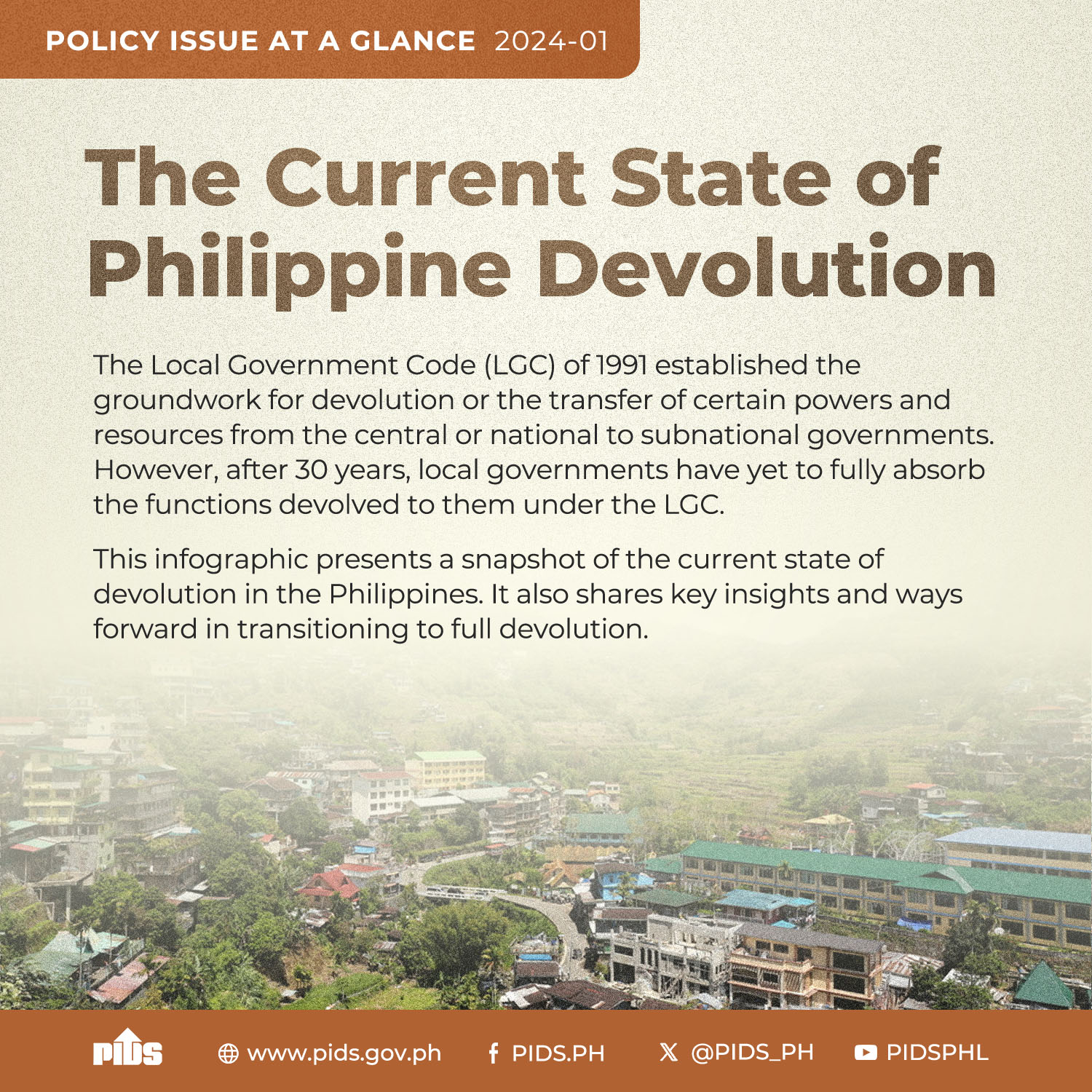President Ferdinand R. Marcos, Jr. has issued Proclamation No. 84 placing Region IV-A (Calabarzon), Bicol Region, Western Visayas, and the Bangsamoro Autonomous Region in Muslim Mindanao (BARMM) under a state of calamity for six months to enable the government to respond more decisively to the destruction brought by Severe Tropical Storm Paeng.
The declaration of a state of calamity was prompted by an assessment by the National Disaster Risk Reduction and Management Council (NDRRMC) on the severity and extent of the damage affecting more than 1.4 million residents of these four regions. It is aimed at enabling the National Government and local government units (LGUs) to utilize appropriate funds to “hasten the rescue, relief, recovery and rehabilitation efforts” and to continuously provide or augment basic services and facilities of the affected areas.”
Moreover, this would enable the government to “effectively control the prices of basic necessities and prime commodities” and ensure that the residents of the affected communities would not be at the mercy of hoarders and price manipulators who could take advantage of the situation.
Law enforcement agencies, with support from the Armed Forces of the Philippines (AFP), are also directed to enforce law and order in the affected areas.
Beyond the more obvious effects of a disastrous typhoon such as the destruction of buildings and homes, the United Nations Children’s Fund (UNICEF) has stated that it is “deeply concerned for children and families at risk and re-affirms its readiness to provide support to the Philippine Government to reach affected children and their families.”
“The rights of children are under threat with each typhoon that inundates their communities. Children are the least responsible for extreme weather events, and yet they are the ones being displaced, in mental distress and cut-off from schools and hospitals. Communities in the Philippines are simply not safe enough,” UNICEF Representative Oyunsaikhan Dendevnorov said.
Concerned citizens who wish to be updated on the concrete and specific actions taken by the government to respond to the calamity brought by Severe Tropical Storm Paeng would do well to visit the website of the NDRRMC. The NDRRMC is government’s umbrella organization for ensuring comprehensive coverage of all salient aspects of disaster management.
Particularly instructive — and reassuring — are the detailed reports of the NDRRMC’s response clusters covering, among others: food and non-food relief goods; camp coordination and camp management and internally displaced person protection, including evacuation centers and temporary shelter; search, rescue and retrieval; logistics; education; health and sanitation; law and order; and emergency telecommunications.
These are followed by equally detailed and granular reports from the regional and provincial, city, municipal and barangay disaster risk reduction and management councils. According to the Philippine Institute for Development Studies (PIDS), the country is reaping the benefits of the enactment of the Disaster Risk Reduction and Management Act (Republic Act 10121) in 2010: a reliable institutional backbone for ensuring effective response to calamities.


